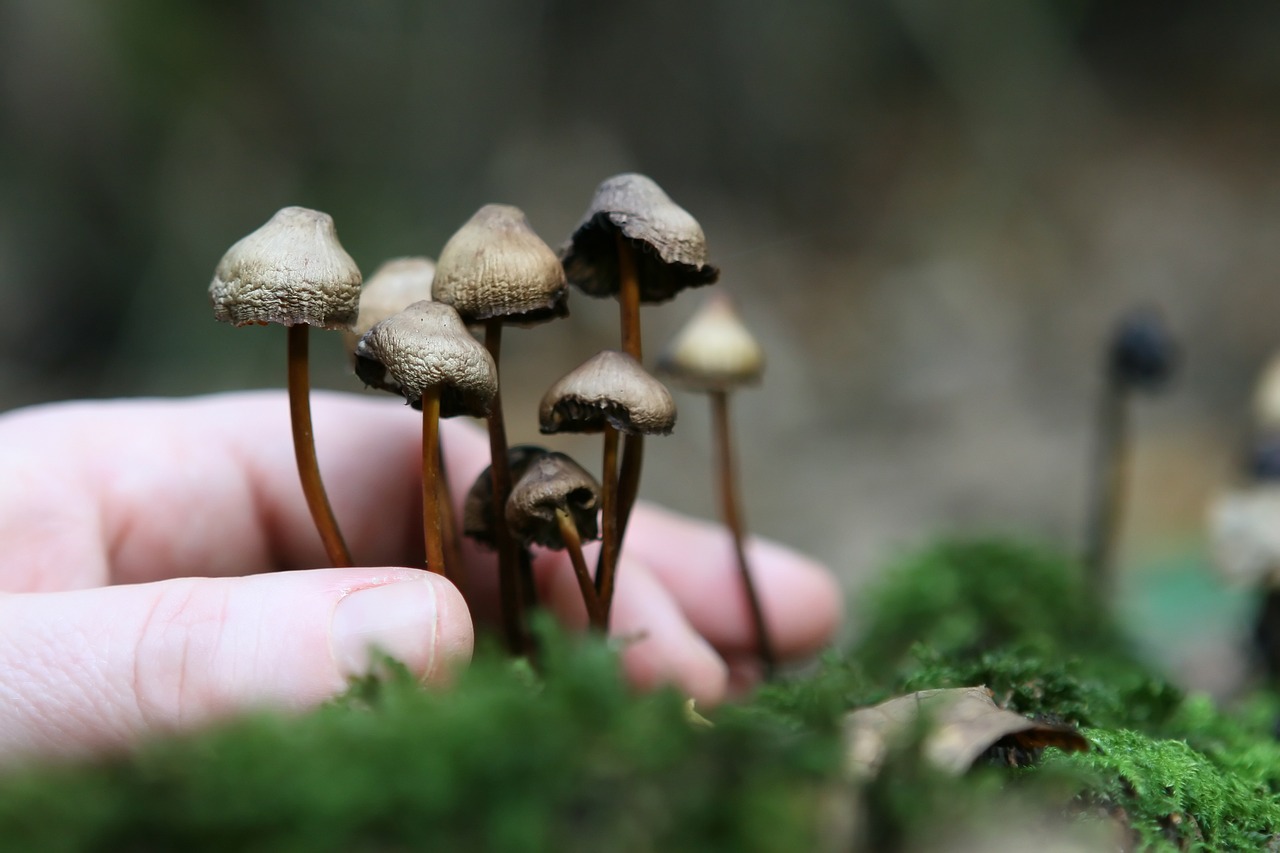Decoding Mycelium
Mycelium, the root system of fungi, acts as the digestive tract for mushrooms. It seeks and processes nutrients into a digestible form for the fungi, thereby nourishing it. This conversion process also enriches the soil in the vicinity, delivering vital nutrients to other plants, and resulting in a nutrient-rich biomass that serves as a superior mulch for gardening.
Beyond their crucial part in mushroom development, mycelium networks play a significant role in the health and growth of numerous land plants, including trees. For instance, tree roots and fungi engage in a symbiotic relationship: the tree supplies the fungi with carbon in the form of sugars, and in turn, the fungi provide the tree with key minerals like nitrogen and phosphorus. Learn more about this interaction here.
Fascinatingly, mycelium networks mimic underground communication systems among plants, akin to the neural networks in the human brain. Current scientific studies propose that plants and trees may have rudimentary nervous systems that could be influenced by fungi, impacting functions like communication, memory, and learning. Besides, mycelium contributes to soil wellbeing by decomposing organic waste and neutralizing any pollutants present.
For those interested in growing magic mushrooms, grasping the growth of mycelium is crucial. While the cultivation process may pose a challenge for novices, understanding mycelium is an essential first step. Even though buying mushrooms from Funguyz Canada online is always an option, learning about mycelium can enrich your cultivation journey.
Mycelium Growth Cycle
When fungal spores meet a growth-friendly environment, they begin to develop two kinds of mycelium. The first, known as primary or monokaryotic mycelium, is distinguished by a single nucleus per cell and is usually invisible to the naked eye. The second, referred to as secondary or dikaryotic mycelium, is visible and carries two nuclei in each cell.
When fungal spores germinate, they form a primary mycelium known as the monokaryotic mycelium. If this monokaryotic mycelium encounters another compatible one, they can combine to create the second stage, the dikaryotic mycelium. It’s this secondary mycelium that has the potential to grow mushrooms or sclerotia.
Types of Mycelia
There are three distinct types of mycelia, two of which indicate successful cultivation.
- Rhizomorphic mycelia are characterized by their string-like extensions. They’re composed of units known as hyphae, with the network of grouped hyphae forming rhizomorphs. Initially, rhizomorphic mycelia spread, then they send chemical signals back to the colony suggesting that the area ahead is nutrient-rich. The other mycelia then follow. The hyphae at the rhizomorphic mycelia’s tip release peroxidase, which breaks down the material ahead for food. The hyphae then spread over the material, distributing nutrients throughout the colony. This type of mycelia is favored by many cultivators due to the higher chances of mushroom production as the Rhizomorphic mycelia emerge from the substrate.
- Tomentose, or “Fluffy” mycelia, have many similarities to Rhizomorphic mycelia, but the arrangement of their strands is unique. While these strands might not be immediately visible, they are certainly there. Their cotton-ball-like appearance suggests that the strands are bundled together. The type of mycelia that develops, whether tomentose or rhizomorphic, largely depends on the growing environment. There’s ongoing debate among cultivators about whether the type of mycelia influences the growth rate or the yield.
- Aerial mycelia appear when the growth conditions are less than ideal. Under such conditions, mycelia tend to grow outward rather than spreading over the medium or forming a ball. Frequently misinterpreted as a bacterial infection, this type of mycelia can obstruct your mushroom cultivation, leading to smaller, weaker mushrooms. Aerial mycelia usually occur due to inadequate fresh air exchange and high humidity.
How to Distinguish Between Mould and Mycelium?
It’s vital to be able to tell the difference between mould and mycelium. If you observe green, blue, grey, or black patches on or in your fruiting box, it’s likely that your culture is contaminated. Discolouration is the main sign to look out for. However, blue spots could merely be indicative of bruising.
Cobweb moulds are usually quite obvious. Contrary to the bright The Mycelium is typically white with a hint of grey and presents a fluffy, stringy texture. Although cobweb and green molds are not detrimental to human health, they may adversely impact the health of your mushrooms.
Funguyz Canada: Your Trusted Resource for Mushroom Information
Whenever you think of psychedelic mushrooms in Canada, consider Funguyz Canada. We are committed to providing insightful information to guide you towards a safe and delightful mushroom experience.





